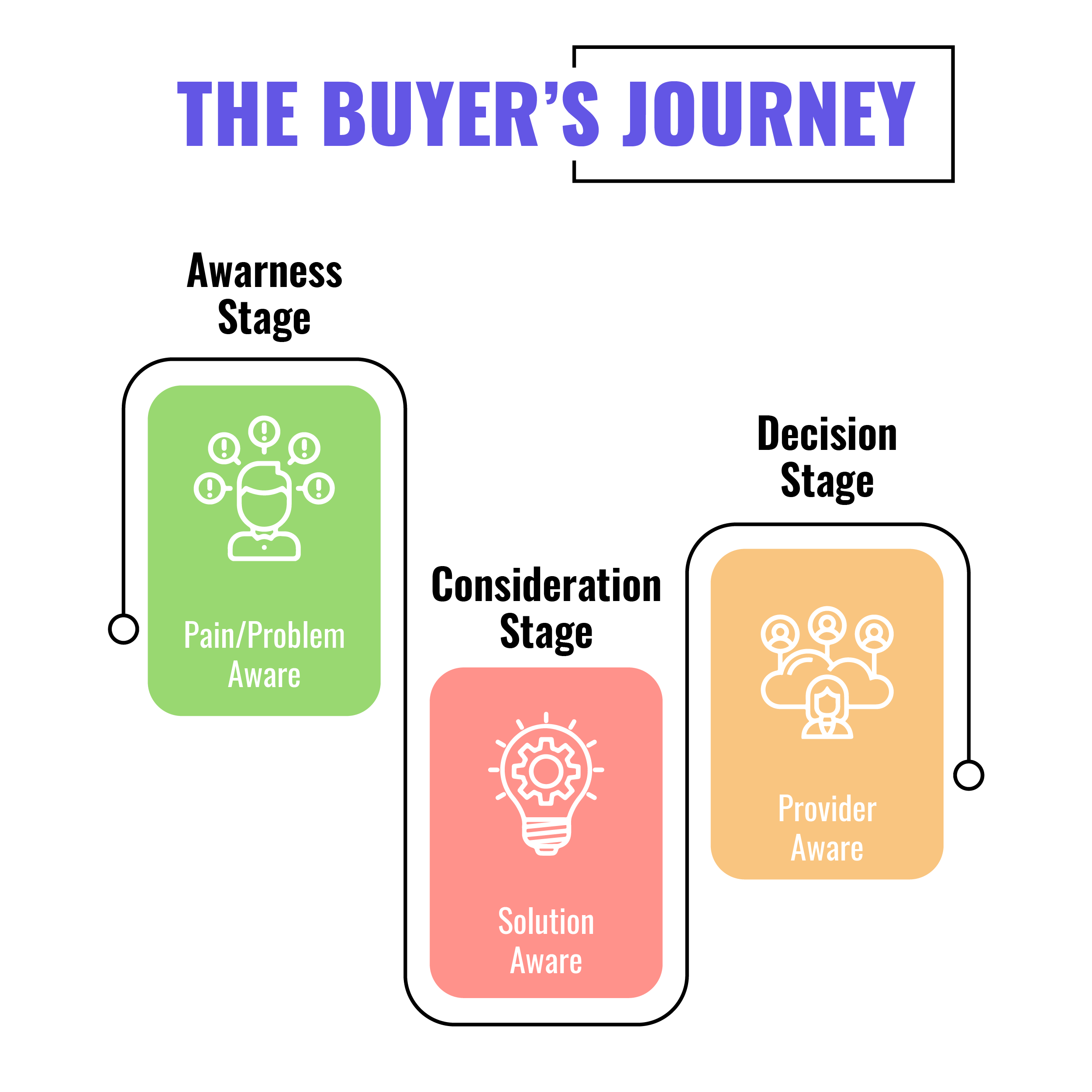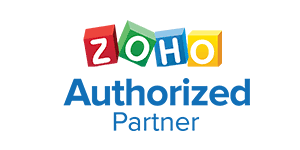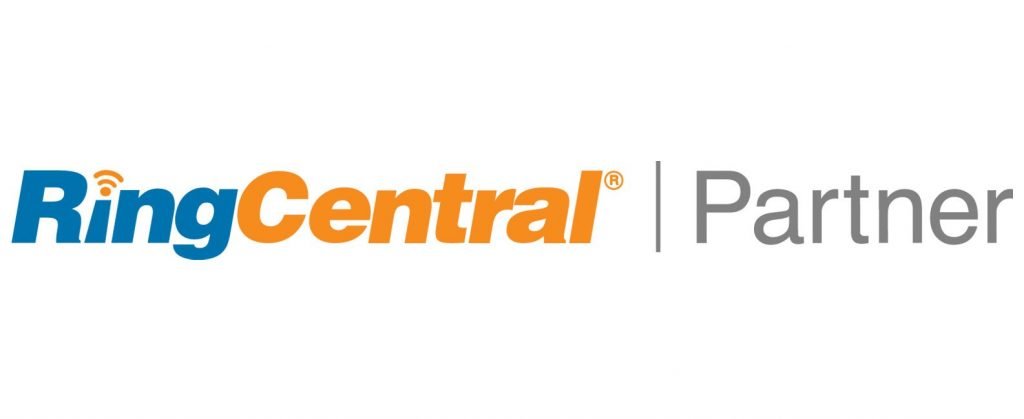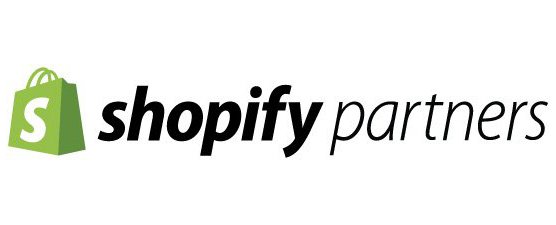A Zoho MarTech Agency
Has the phrase “buyer’s journey” been slipping into your sales and marketing-related conversations? Does it seem like your marketing funnel isn’t converting as much as it should?
The internet has a plethora of web pages. Virtually all known queries have a webpage with an explanatory answer. What that means is that the average buyer of today is more informed than the buyer of 10 years ago, since they have more and freer access to information. In a world where your buyers are in the know even before they make buying decisions, you must realize those hazy sales tactics will most likely not work in your favor.
Now more than ever, the best sales and marketing strategies are those whose foundations are based on helping your prospective clients, gaining their trust in the process, and then selling them your offer. This brings us to the essentiality of knowing the buyer’s journey and how to use it in your favor. Why? Because without knowing your buyer’s journey, it becomes difficult to postulate what their needs are and how you can help them till they make the buying decision.




